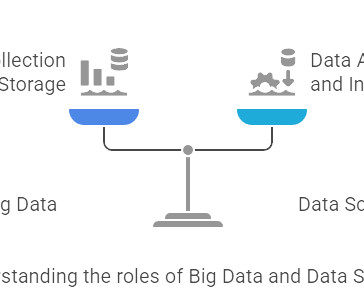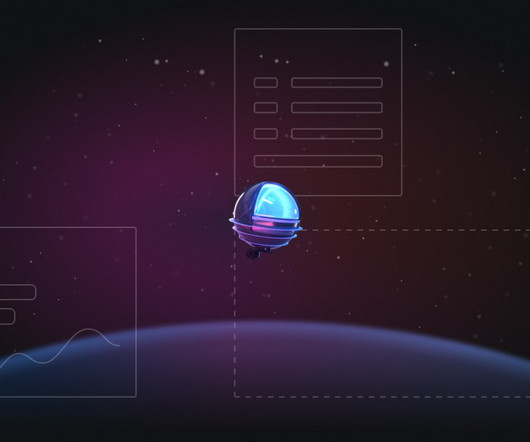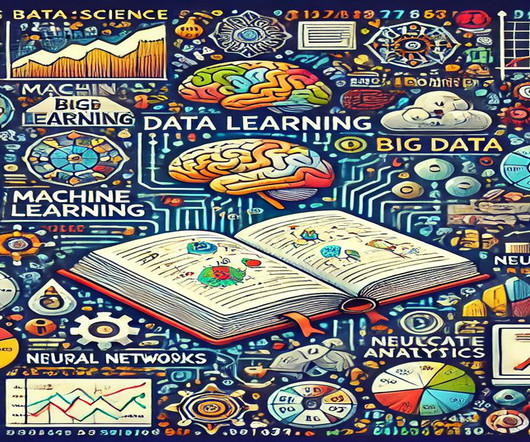How To Learn Python For Data Science?
Pickl AI
NOVEMBER 4, 2024
You can create a new environment for your Data Science projects, ensuring that dependencies do not conflict. Jupyter Notebook is another vital tool for Data Science. It allows you to create and share live code, equations, visualisations, and narrative text documents.












Let's personalize your content